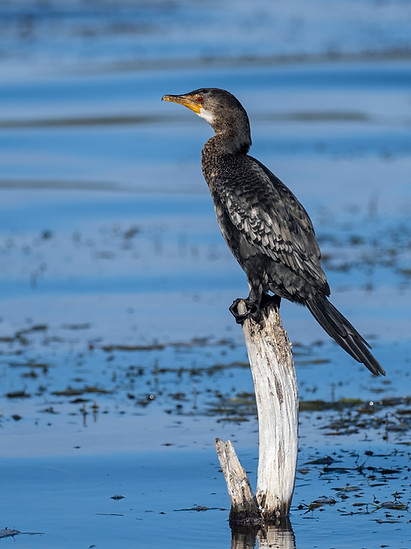KEN'S PHOTO TIPS
EPISODE 13
GIVE YOUR PHOTOS ROOM TO BREATH!
I’ll admit that this was something that took me longer to figure out than it should have. There was a time, earlier in the age of digital photography, when managing to get a sharp full-frame portrait was viewed as a major achievement. But times have changed, and for many species, full-frame portraits have virtually much been done to death.
There are actually lots of good reasons to give your photos additional space. One is that it allows a more artistic approach to framing and cropping; more scope for expression. Another is that more loosely cropped photos tell you more about the context of a wildlife sighting. A great set of photos can leave you feeling like you’ve dived down and made a mini visit to a specific place on Earth, rather than viewing some picture-perfect but context-less creatures in a vacuum.
The photos that accompany this post illustrate my points well. These are mostly of a Cape Rockjumper that I saw during a recent visit to South Africa. I took some full-frame worthy shots, but ultimately found myself much more excited by the wider-open shots. I love the textures of the rocks upon which these birds jump, the little succulent plants that grow out of tiny niches in the rocks, and the sea of grass-like restios in which these big rocks seem to swim. Most of this delightful detail would be lost in a full-frame portrait.
One final merit of more loosely cropped photos is that it’s more democratic! You can take these types of photos with a wide range of photographic gear: super-zooms, smaller lenses, even smartphones!

_fb.jpg)
_fb.jpg)
_fb.jpg)

Long-tailed Cormorant. Wilderness National Park

Golden-breasted Bunting. Madikwe Reserve
Lots of things you could do with this photo, but 4:3, along with a bit of creativity in the placement of the bird and the termite mound, ends up working well.
Red-and-yellow Barbet.